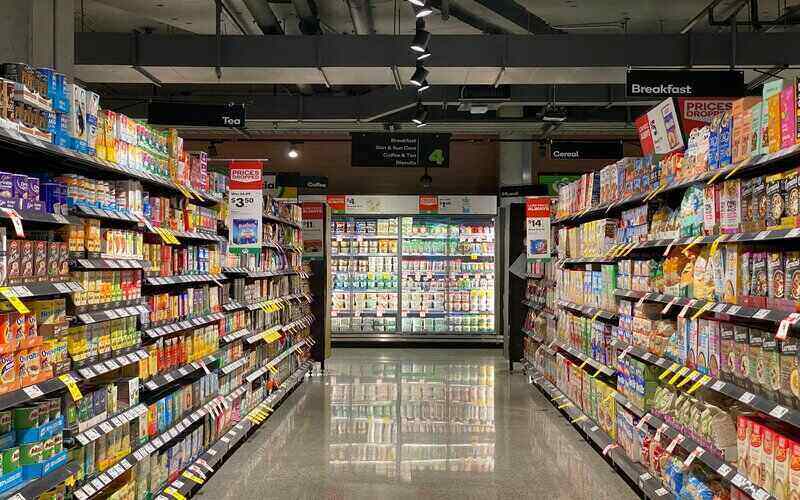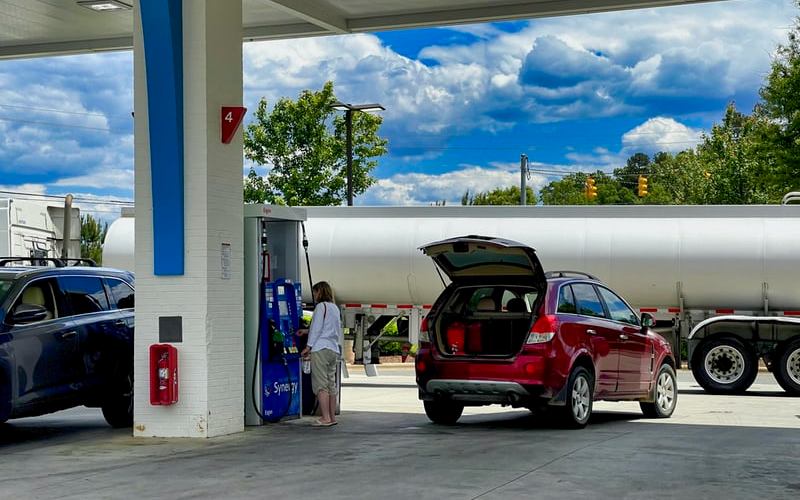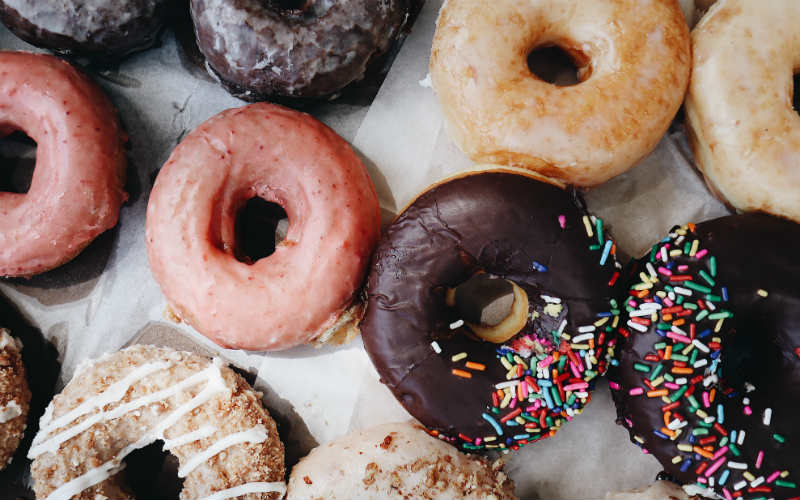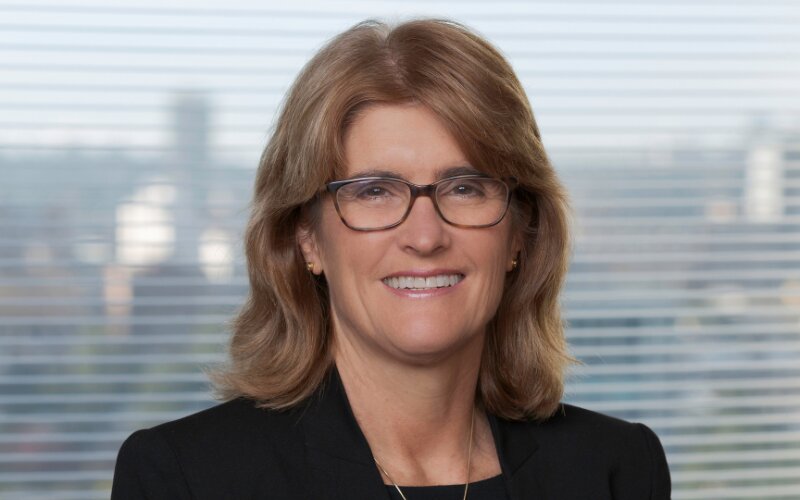According to the indicator, prices actually declined 0.3% from December to January.
Underlying inflation, excluding volatile components of the CPI basket like groceries and fuel, was 4.1%, down from 4.2% in December.
Inflation remains at the lowest level since November 2021, and this latest read was below expectations, with the market consensus that prices rose 3.6% through the year.
These results will likely reinforce the current position of the RBA, which is that inflation is on track to hit target levels in 2026, but Senior NAB Economist Taylor Nugent says Michele Bullock and the Board should not read too much into the monthly numbers.
"We think there is more potential for noise than signal out of the January number, with travel again the swing factor, particularly given summer seasonality," he said.
Prices for holiday travel and accommodation fell 5.1% compared to December.
Michele Bullock has made it clear the RBA feel service price inflation is likely to prove more persistent than, and the prices of several services continue to increase.
The cost of rent has risen 0.7% since December, while electricity was up 0.9%.
Insurance and financial services prices were unchanged, but are still 8.2% higher than January last year.
Once again though, the board are likely to reserve judgement until more data comes in.
"The RBA will have to wait until February data (on 27 March) and the full Q1 CPI on 24 April for greater services coverage," Mr Nugent said.
Wages the next problem?
For the first time in almost three years, the December Wage Price Index (WPI) came in above the quarterly CPI increase.
Wages are now growing faster than inflation, in what for many who have been struggling with the elevated cost of living is an extremely welcome development.
However, according to confidential analysis from the Treasury, obtained by the Australian Financial Review, these pay rises have now overtaken import costs and supply chain problems as the primary driver of price rises in Australia.
Big companies like Coles, Woolworths and Qantas have been coming under fire from bodies like the ACTU, accused of causing "sellers inflation" by price gouging, but this analysis points the finger instead at wages.
One of the assumptions underlying inflation moderating per RBA modelling is for labour productivity, which has declined over the past couple of years, to increase.
This is basically a measure of how much it costs in labour to produce outputs like goods and services, so if wages go up without productivity improving, it tends to drive up prices.
However, the position of the RBA and Michelle Bullock remains that as the labour market loosens, wage pressure will ease.
The unemployment rate was above 4% in January, the first time since January 2022.
Read more: Treasury say wages growth is driving inflation
Picture by kupicoo on Unsplash

Ready, Set, Buy!
Learn everything you need to know about buying property – from choosing the right property and home loan, to the purchasing process, tips to save money and more!
With bonus Q&A sheet and Crossword!



 Harrison Astbury
Harrison Astbury
 Emma Duffy
Emma Duffy

